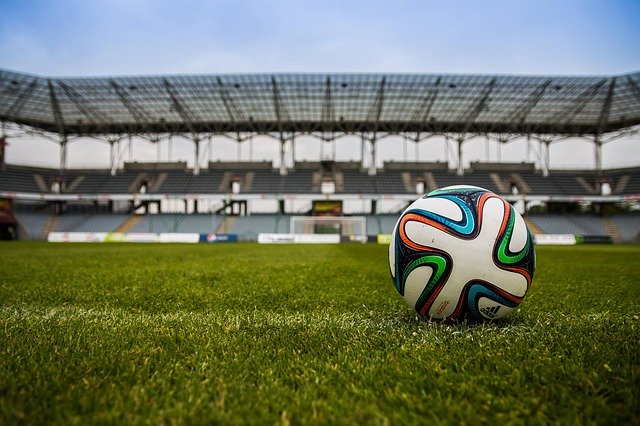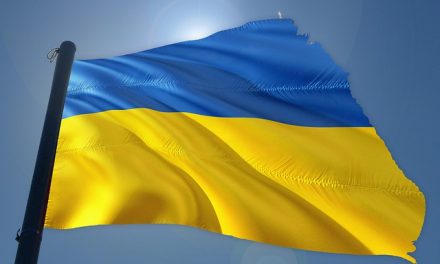When sports were abandoned earlier this year, it left a void that wasn’t guaranteed to be filled with any haste. The appearance of Covid-19 (novel coronavirus) upended life as we knew it.
Suddenly, with little warning, schools were closed, businesses were affected and life became unrecognizable. Apart from this, the virus left hundreds of thousands dead in its wake. In comparison, sports and entertainment were viewed as less important casualties. After all, people’s lives and livelihoods, education, and jobs should always come first.
Now, months into this pandemic, sports fans are crying out for a sense of normalcy, complicated by the number of countries still overrun with Covid-19 cases. And with no vaccine as yet within reach, the threats to life and limb are not yet passed. However, despite this, sports have already returned and more plans are being ironed out to bring the rest back.
Adding fuel to these calls is the so-far successful return of the NBA that saw the league sequestering itself in a Disney World bubble. No family members, no audiences, just players, staff, and executives. However, the league gave players the option to opt-out if concerns for their health outweighed the benefits of playing. While the season is still in progress, no infections have yet been reported and the league will soon look forward to hosting its Conference Finals.
In March there was no indication that countries overrun with Covid-19 cases would still be mired in rising infections and death rates, even if it was clear that a vaccine wouldn’t be available for some time. Now, sports are back on the menu even though cases continue to rise. Fans want sports back on their televisions. Owners and league commissioners are also anxious to start making money after the pandemic evaporated TV revenues and gate receipts. Apart from these, others who sell merchandise, concessions, and those who provide sports betting services are all anxious for a return to normalcy. Yet, despite these calls, one must acknowledge the unspoken tipping point that will push league commissioners to halt sports’ comeback.
The NFL was one of the few sports to avoid disruption by Covid-19, having staged the Super Bowl in February of this year. Yet, while games themselves weren’t disrupted, many players and team staff members reported infections during the off season. Additionally, while college football and basketball games are yet to restart, thousands of students across America’s campuses have tested positive for the virus. Scenarios such as this are why the BIG 10 has decided that its conference won’t take part in any games for the 2020 season. While no other conferences have yet followed suit, the virus’s toll could see innumerable games impacted if they proceed as scheduled.
However, sports leagues around the world are confident that they can withstand the forces of Covid-19. The MLB decided to forgo a bubble in favor of a list of protocols, a reduced 60-game schedule and a no-fans policy at its games. Yet the 2020 season’s rocky beginning with scores of infections among players highlighted the difficulties that come when players aren’t isolated. There is yet no indication as to when fans would gain admission to games. Likewise, European soccer leagues also experienced a number of infections, albeit, less numerous than what the MLB faced.
The truth is that the NBA completing it’s 2019/2020 season in a bubble was an experiment that has so far worked. And while it’s true other leagues are busy creating rules that would keep players and staff safe, they are unable to replicate what the NBA has done. What this means for players is that each league won’t be able to offer a controlled environment with guarded entrances and exits. Instead, each individual would be responsible for his or her own actions. That is a lot of balls to keep in the air.
The goal, therefore, isn’t absolute protection from all infections, but rather a measured response where infections are inevitable but workable. Leagues may have drawn a line in the sand, but there is nothing to indicate that they have identified a number that would be unconscionable. Is it when star players are infected or would the league wait till one of its stars succumbs to the disease to say enough is enough?
When everything is said and done, there is a good chance that money, not lives will play the greater part in arriving at these critical decisions and the idea of “too many” may find more wiggle room in the minds of league officials than with the general populace.






Recent Comments